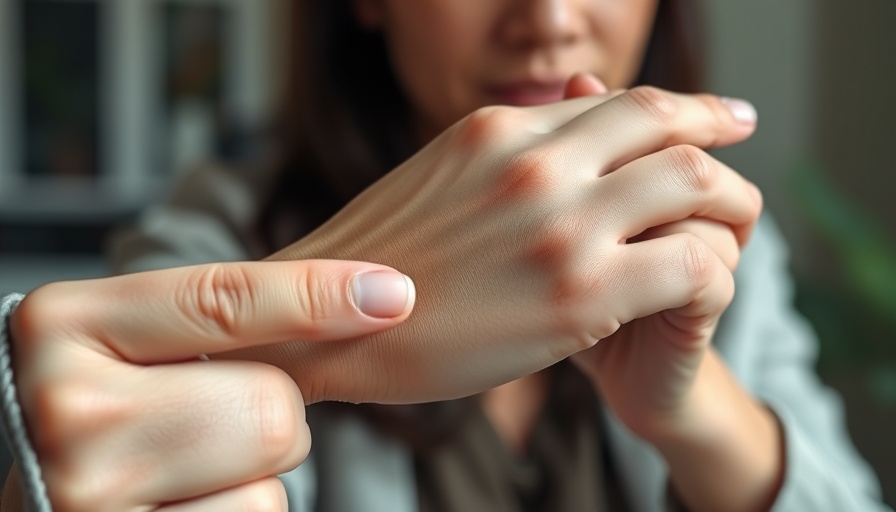
Skin Picking: Understanding the Compulsion
Skin picking, known medically as dermatillomania, is a common yet often misunderstood behavior that many individuals experience. For some, it may begin as a simple blemish or scab that draws their attention. However, this seemingly innocuous habit can escalate into a compulsive disorder that negatively impacts both physical appearance and mental health. Anecdotally, individuals report feelings of temporary release or relief when they pick at their skin, but it often leads to a cycle of shame and frustration when the damage becomes visible.
In 'The truth about skin picking,' the discussion dives into the complexities of this behavior, exploring key insights that sparked deeper analysis on our end.
Why Do People Pick Their Skin?
Many people who engage in skin picking do so subconsciously, turning to this behavior during moments of anxiety, boredom, or even stress. Understanding the underlying triggers is vital in managing this compulsion. Studies have shown that individuals with skin picking disorder often have other co-occurring mental health issues, including anxiety and depression. Recognizing this pattern can prompt those affected to seek the timely treatment and support they need.
The Impact on Physical and Mental Health
Beyond just the visible scars and blemishes that may arise from skin picking, this behavior can lead to significant long-term consequences for mental health. Individuals often find themselves caught in a cycle of self-criticism and guilt, which can exacerbate feelings of anxiety and depression. Additionally, the act of picking itself can lead to infections, scarring, and even permanent skin damage, further affecting a person’s self-esteem.
Embracing Recovery and Support
Fortunately, there is hope for those grappling with skin picking. Therapy, particularly cognitive-behavioral therapy (CBT), has proven effective in helping individuals identify their triggers and develop healthier coping mechanisms. Support groups also offer invaluable community and encouragement, reminding individuals that they are not alone on this journey. It is essential to openly communicate with healthcare providers about these behaviors to create a tailored plan for recovery.
Fostering Awareness About Skin Picking
Raising awareness about the compulsion of skin picking is crucial for eradicating stigma. Many may not understand the complexities behind skin picking and instead may judge those who struggle with it. Education can help peers, friends, and family understand that this is not merely a cosmetic issue, but rather a mental health concern that deserves compassion and support.
Maintaining Healthy Habits for Skin Care
Adopting a healthy skincare routine can also be beneficial for individuals who struggle with skin picking. Keeping skin moisturized and using gentle products may help reduce the frequency of any picking episodes. Moreover, practicing mindfulness techniques can cultivate awareness, assisting individuals in recognizing their urges before acting on them. Simple practices such as journaling or stress-relief exercises can lead to long-term changes and improved well-being.
Taking the First Step Toward Change
If you find yourself struggling with skin picking, remember that help is available. It’s never too late to seek support, and the journey toward recovery often starts with simply acknowledging the issue. Consider speaking with a mental health professional who specializes in these behaviors to start paving your path to healing.
Ultimately, understanding skin picking is not just about identifying the problem, but about nurturing a supportive environment where individuals can recover and thrive. Your journey to health and wellness begins with a single step—reach out for help and take it today.
 Add Row
Add Row  Add
Add 




Write A Comment